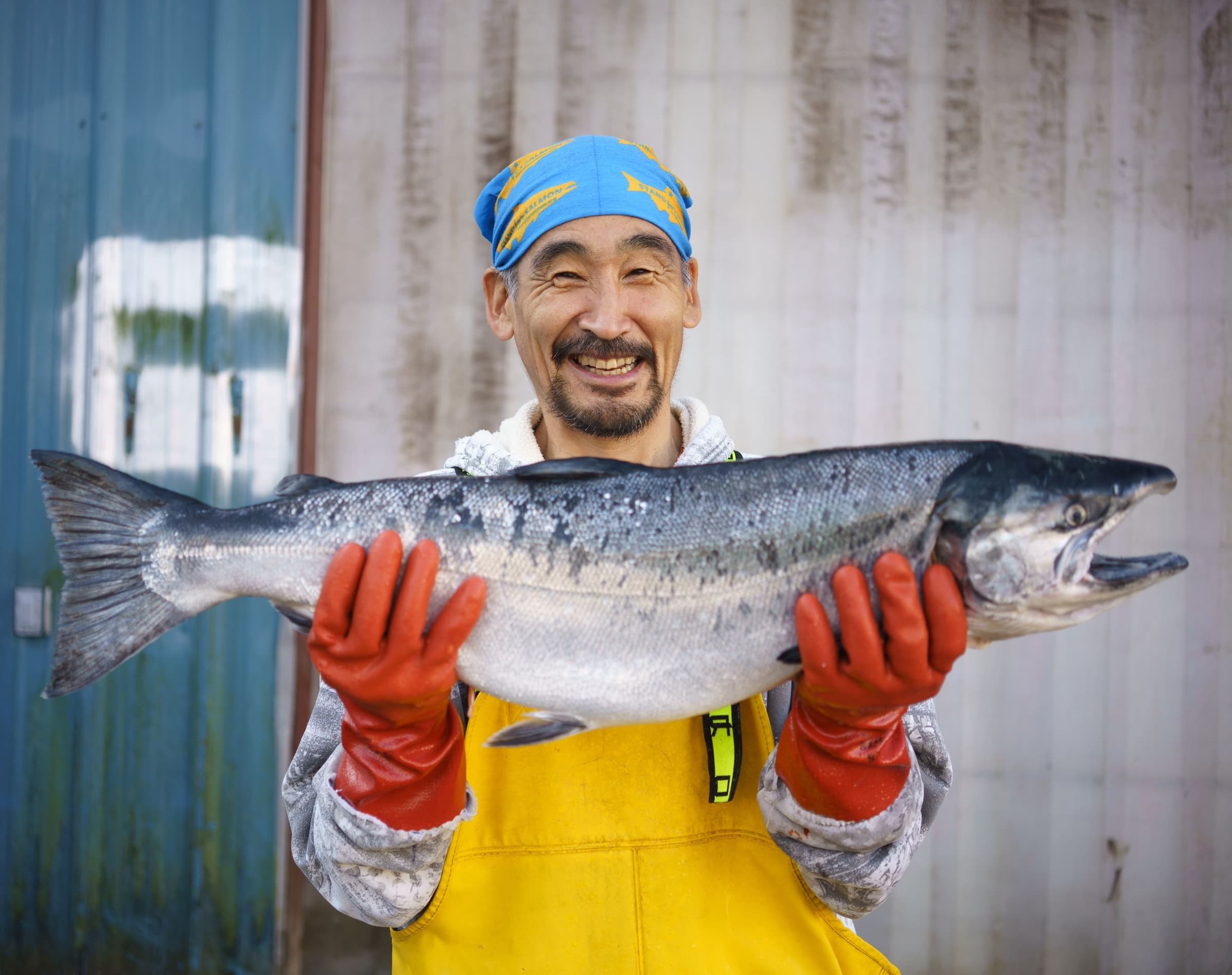Home Is Where the Freshwater Is
Wild salmon have a keen sense of home. Their connection to place defines them like few other species. In fact, that connection is what miraculously guides their annual migration home. After several years and traveling sometimes thousands of miles, wild Pacific salmon return to their exact spawning grounds to give birth to a new generation. This ability to transition between the freshwater of their natal streams and the saltwater ocean is a behavior called "anadromy."
These rivers and waterways, spanning from Korea to Alaska to California, serve double duty as habitat for salmon to lay their eggs and as nurseries where their young grow and prepare to transition to the dangerous wilds of the open ocean. They also provide particular data that allows the fish to "imprint" on or in some way remember that stream so that they can return to it years later.
Scientists haven’t been able to fully unlock the mystery of how salmon perform this trick, but research suggests that the fish can sense electromagnetic fields and their powerful sense of smell allows them to navigate.
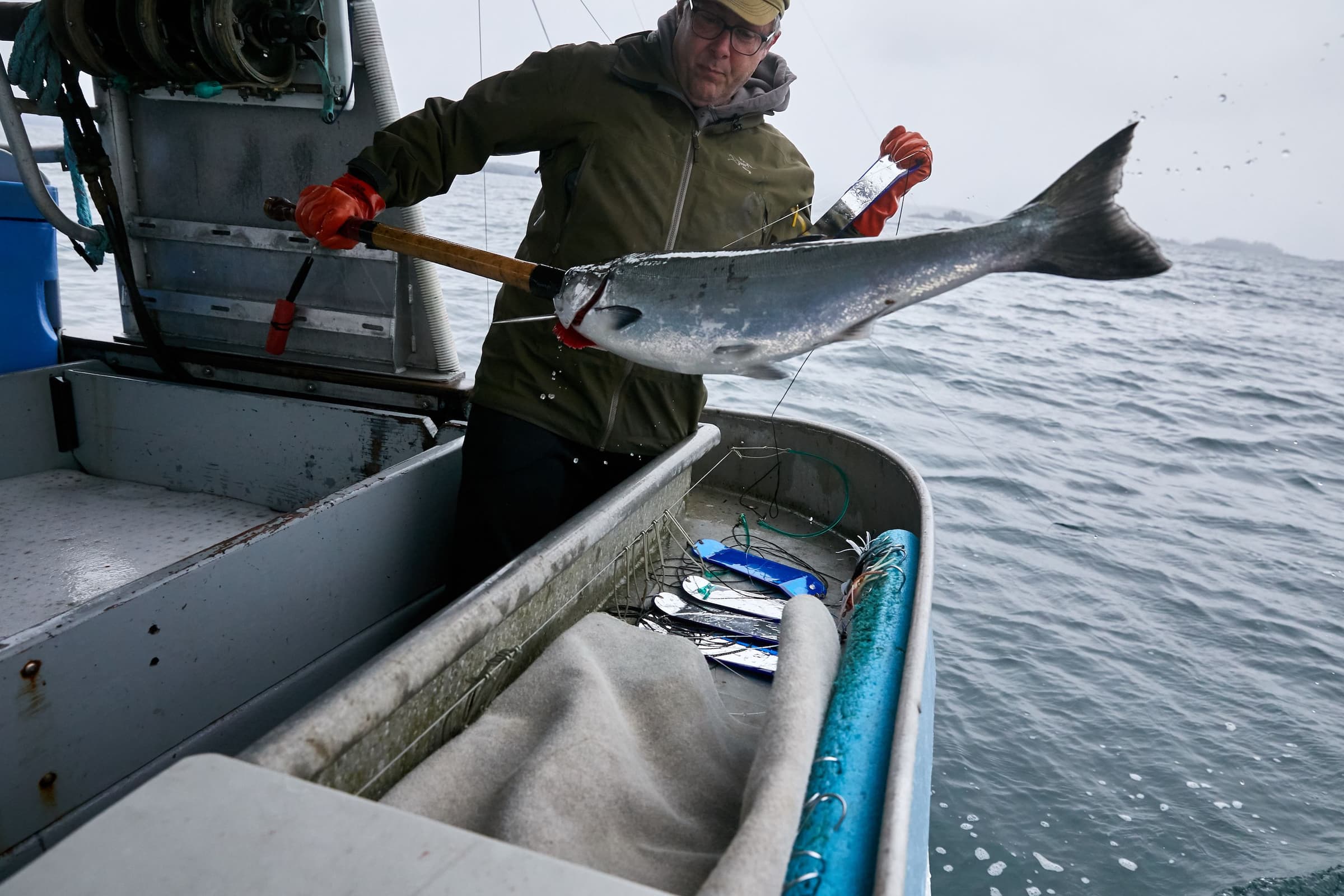
These scientists, in essence, are proving something that commercial fishermen have known for a long time — salmon are acutely aware of their sensory surroundings in ways that may seem unlikely or even magical to us.
Take, for example, the electrical charge of a fishing line. Jeff Farvour, a long-time Sitkan and salmon troller, explains that this little-known variable is inexplicably important to catching fish. “Salmon are really sensitive to electricity so if your voltages are off on your boat that won’t help,” says Farvour. He's been studying salmon behavior for decades and since his observations are what help him earn his livelihood, he pays close attention.
Salmon Beyond Borders
Salmon behavior requires place-based wisdom that brings people together, like the carefully observed patterns that are shared between commercial fishermen across Alaska.
What's more, wild salmon migrations also stitch together the land and sea. Up and down the coast of North America salmon swim across marine and terrestrial habitats as well as across international boundaries.
Heather Evoy, the indigenous engagement lead with the Southeast Alaska Conservation Council (SEACC), has experienced the challenge of illustrating how far off habitat matters to folks who are sometimes, literally, downstream.
Many Alaskan towns and fishing fleets rely on salmon that run up streams that originate in Canada, making their clean waters and vital spawning habitat a mutually held responsibility.
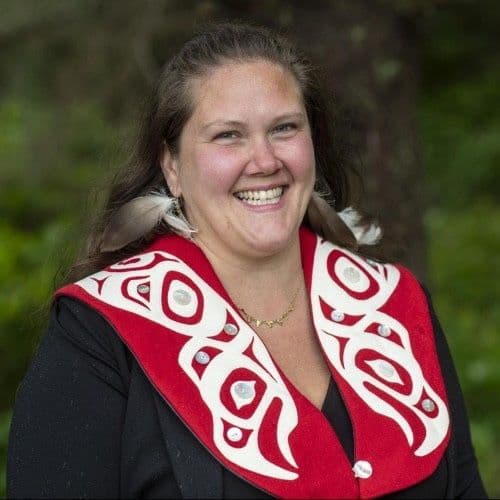
“Working on transboundary issues has been challenging in my community because there’s an attitude of ‘out of sight, out of mind," says Evoy. Yet despite the setbacks, Evoy knows the fight is necessary because not only do the salmon rely on the places she loves, but the places rely on the salmon as well.
“Salmon connect us. They are in our DNA, you know, it’s a part of who we are,” she says.
Evoy’s message of connection was born out of tragedy. On August 4, 2014, a tailings pond at the Mount Polley mine in British Columbia failed, spilling an estimated 6 billion gallons of toxic waste into Polley Lake, Hazeltine Creek, and Quesnel Lake, home to the second-largest run of sockeye salmon on the Fraser River.
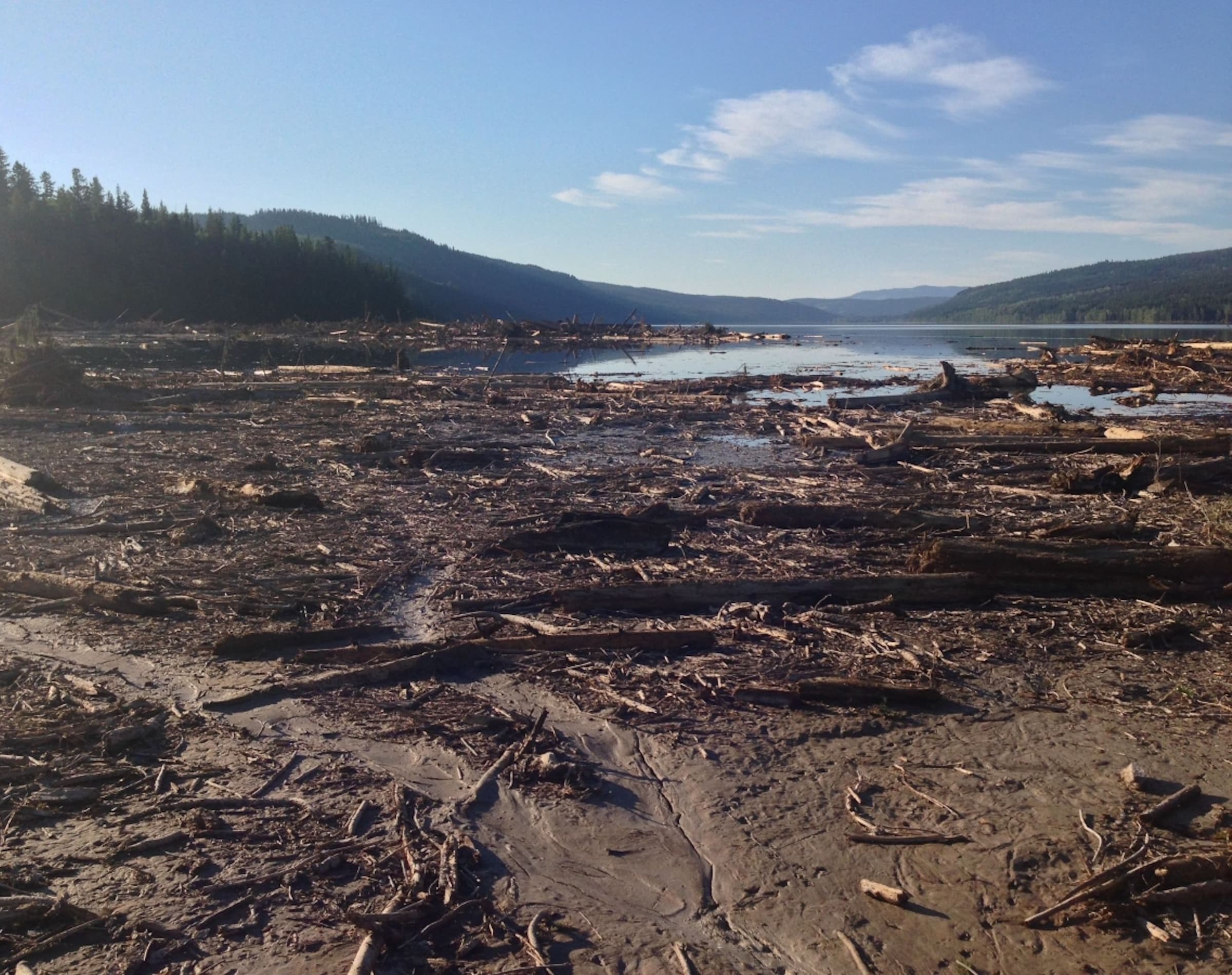
"I was able to go to the Mount Polley mine, to ground zero, a few years back,” Evoy tells me. “I was not emotionally or mentally prepared for how being in that space was going to impact me,” Evoy says as she summons the memory. She recalls, “I just had this tremendous sorrow."
Bearing witness to the destruction of salmon habitat gave Evoy the perspective necessary to overcome political divisions back home. “The experience helped me to have that connection, that tool in my toolbox, to explain to members of my community—regardless of their political background—that they all like clean water because they all fish for salmon.”
Salmon People
Since time immemorial, salmon have stitched together terrestrial and marine ecosystems, fed human communities, and provided a livelihood for generations of fishermen. They also have the potential to knit people together by building consensus for universal values like clean water and good food.
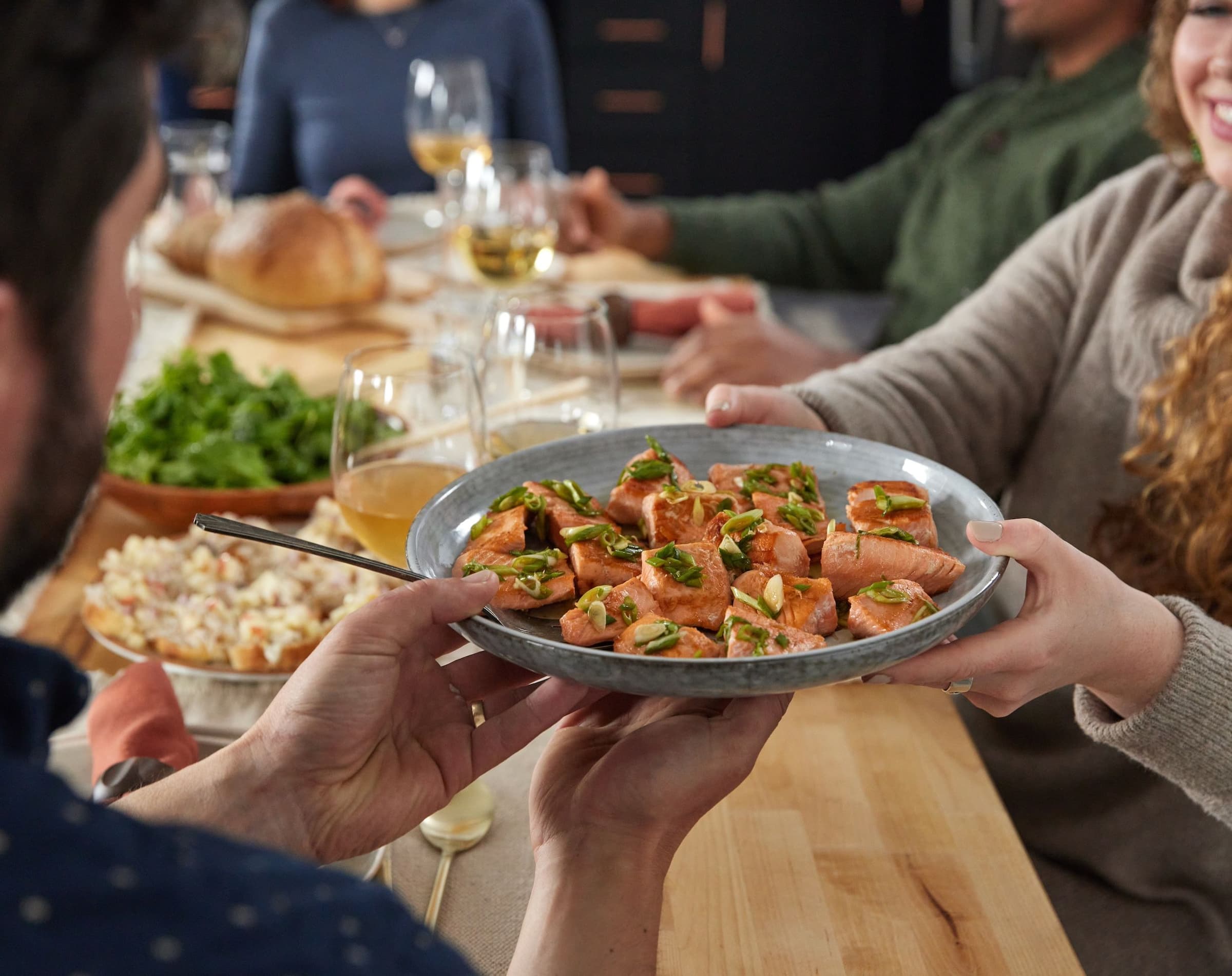
However, the salmon cannot accomplish this connectivity on their own. They need our support and our vigilance. Our power to manipulate the environment has grown to such a scale as to remake entire watersheds and threaten vital spawning habitats.
That's why Sitka Seafood Market seeks to help spread the word about the importance of wild salmon and highlight the hard work of small-boat fishermen, processors, and staff. A strong market for wild seafood helps support the people who live and work in communities that care about salmon and who defend the habitat necessary for these special fish to return next year and every year in perpetuity.
What’s more, Sitka Seafood Market diverts 1% of its revenue, not just profits, into its 1% For the Wild Fund. This means that 1 penny from every dollar spent at Sitka Seafood Market goes directly back into fishing communities by supporting habitat conservation, science education, food security, and organizations (such as SEACC and Salmon Beyond Borders) that want a future filled with wild seafood available to all.
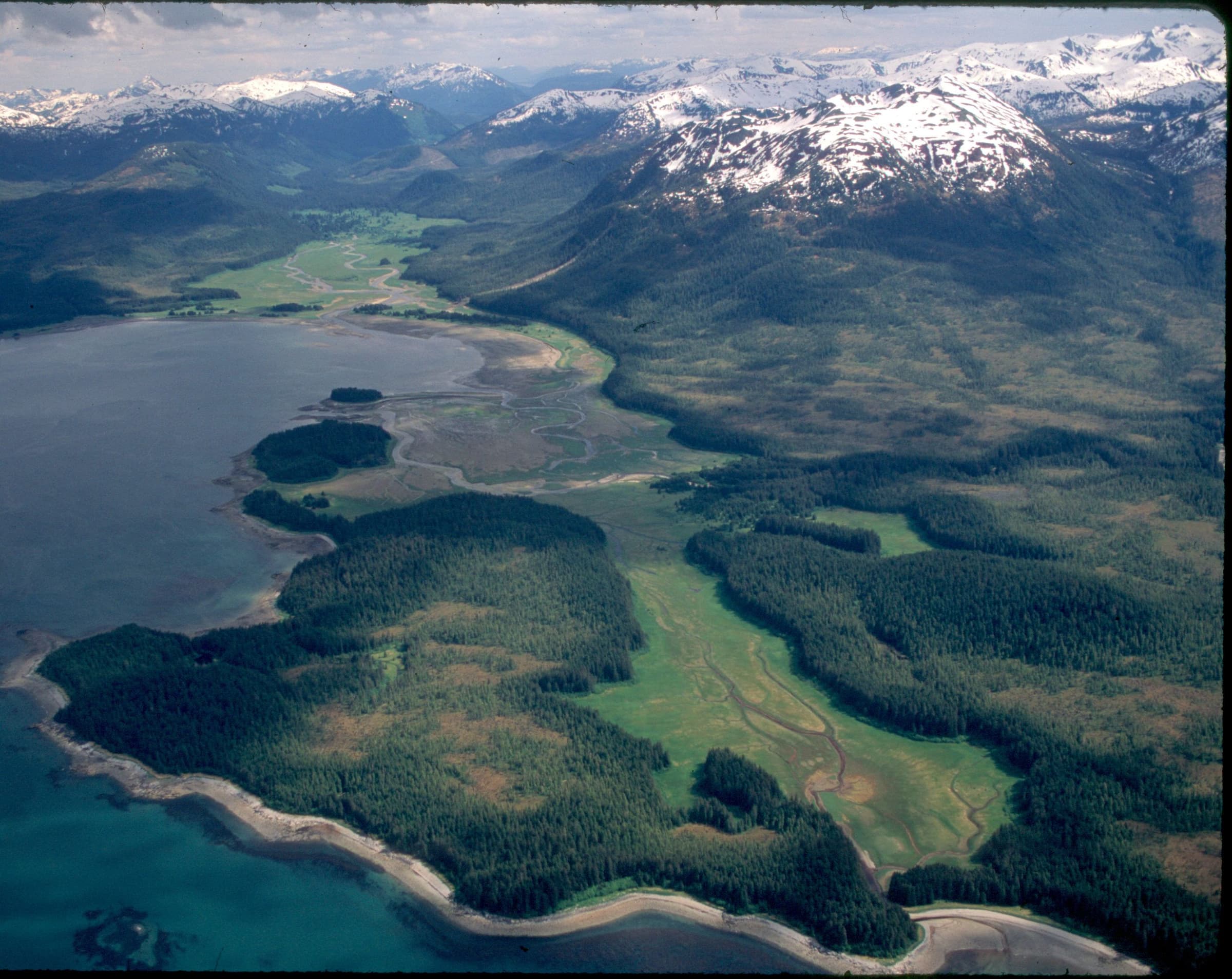
As Heather Evoy knows all too well, you can’t care about a place if you don’t know it exists. Likewise, fishermen like Jeff Farvour learn new lessons from these fish each season. The salmon have been telling us their story for a very long time. Are we still listening?
Regardless of how you answer that question, take solace in the knowledge that salmon don’t need to build consensus, they don’t have to balance the tradeoffs of the modern economy or struggle to educate their children about an increasingly complex world. So long as they have clean waters and intact habitat, wild salmon will do what they have done for millions of years: bridge the divide between the land and sea. We would do well to learn from their example, to reconnect with one another to protect the sources of life we all depend on.
